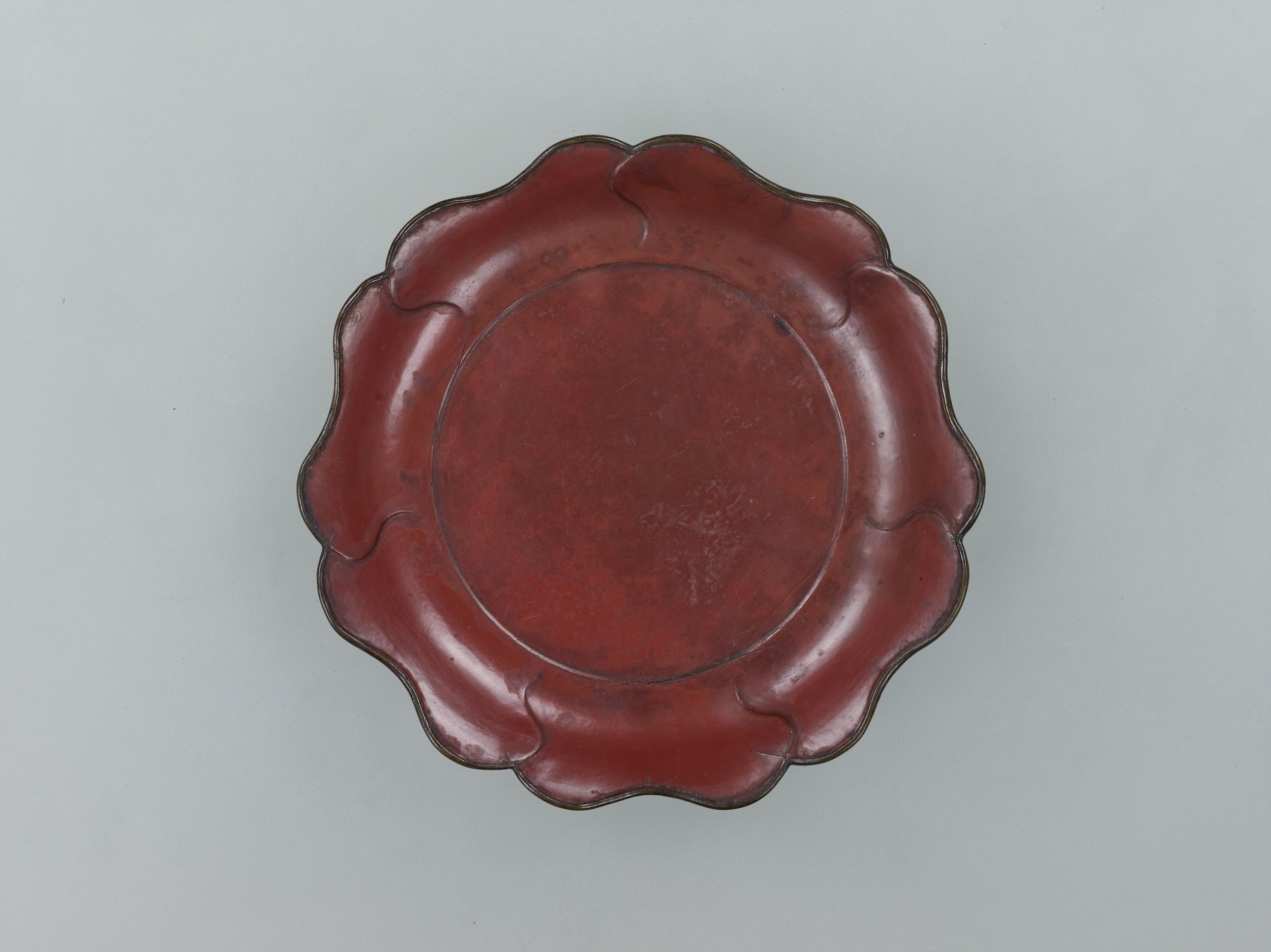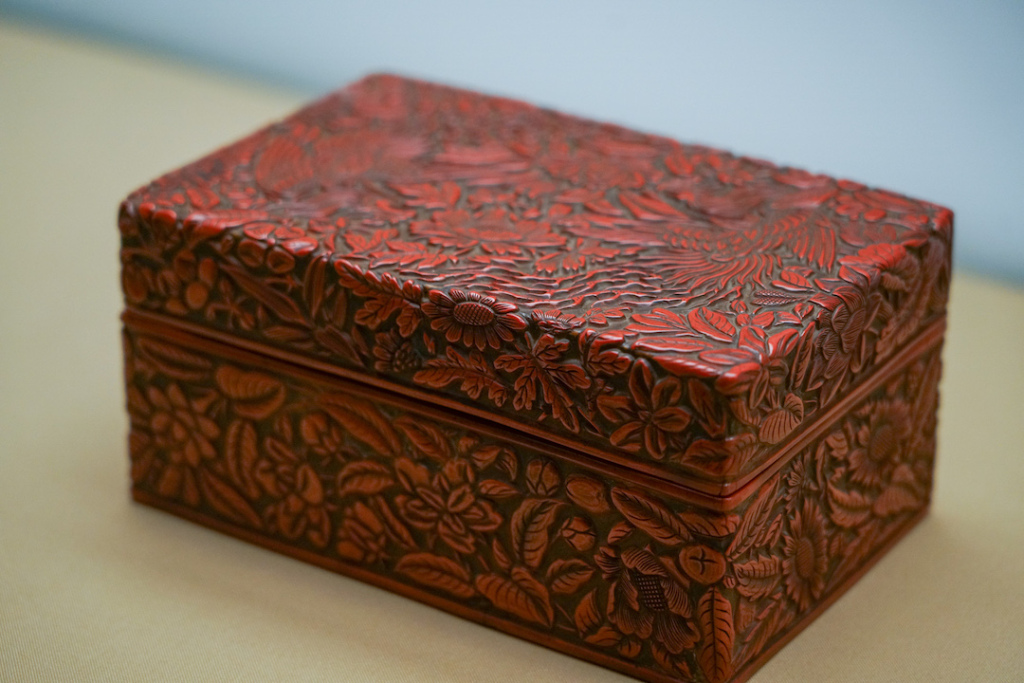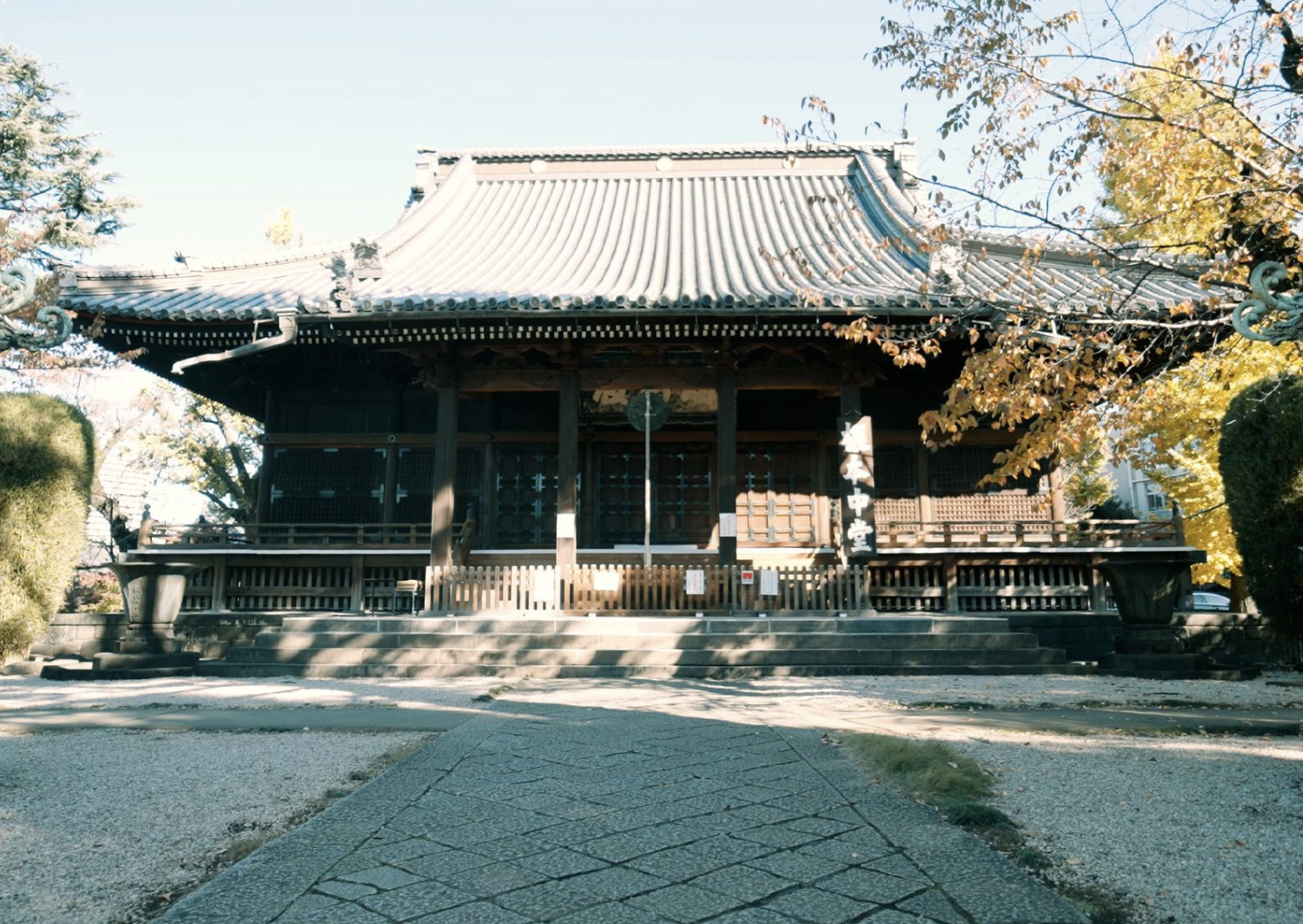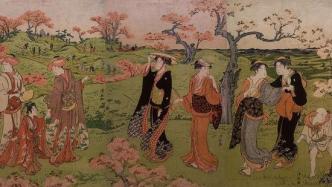
Cherry blossom viewing is called "hanami" in Japanese. Every year from March to April when the cherry blossoms are in full bloom, Japanese people will gather with their relatives and friends under the cherry blossom trees to enjoy the flowers, go out in spring, and have fun. Japanese painters of different eras also created genre paintings of people enjoying cherry blossoms. The Paper learned that starting from March 4, the Tokyo National Museum of Japan will soon launch a special event of "Appreciating Flowers in the Museum", presenting exhibits related to cherry blossoms in various exhibition halls of the museum. In addition to paintings by Ukiyo-e master Utagawa Toyokuni and others, there are also ceramics, fabrics, screens and other utensils related to cherry blossoms.
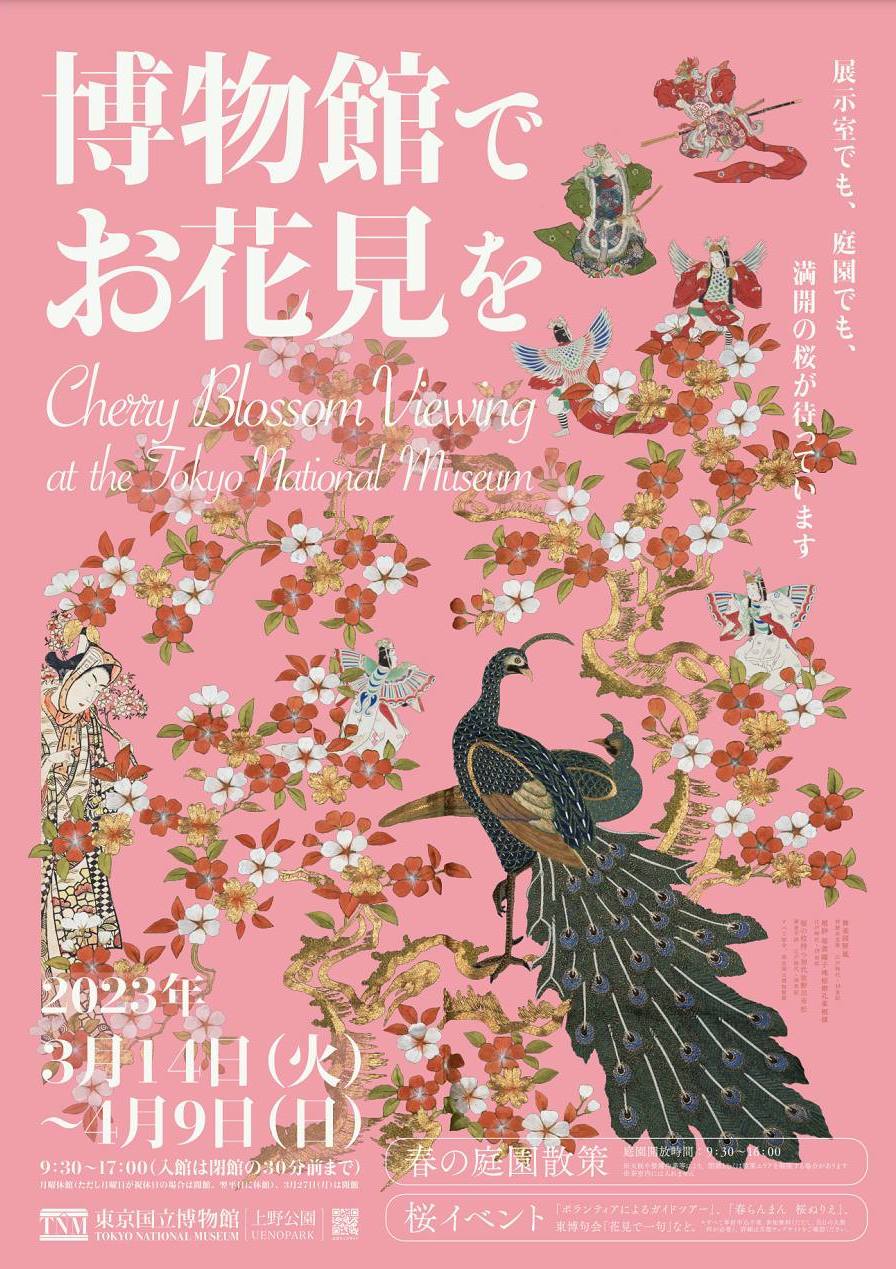
exhibition poster

Detail of "Scenery of Cherry Blossoms in Shinyoshiwara", Toyokuni Utagawa, Edo period (19th century)
The paintings on display this year include Toyokuni Utagawa's "Shinyoshiwara Cherry Blossom Scenery", which depicts a street in full bloom and oirans competing for beauty under the cherry blossoms, vividly showing the scene of people enjoying cherry blossoms in the Edo period. Other paintings include Kano Nagatake's "Dancing and Music Picture Screen", and Okumura Masanobu's "A Boy Riding a Horse Under the Cherry Blossoms".

A Boy Riding a Horse Under Cherry Blossoms, Masanobu Okumura, Edo period (18th century)
Masanobu Okumura (1686-1764) was a ukiyo-e painter in the early and middle period of Edo. He took the lead in applying Western perspective to ukiyo-e works and was a representative painter of early ukiyo-e. Masanobu Okumura's works are diverse in painting methods and extensive in content, and are good at expressing secular, realistic and social themes.
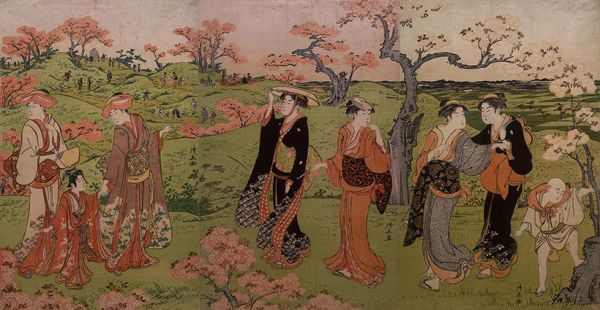
Cherry blossom viewing in Asukayama (partial), Torii Kiyonaga, Edo period, 18th century
The end of the 18th century was the golden age in the history of ukiyo-e, and beauties with plump and healthy bodies became popular at that time. Kiyonaga Torii, one of the "Six Great Masters of Ukiyo-e", paints healthy, tall and realistic portraits of beautiful women, with a graceful figure and the beauty of clothes.
Torii Kiyonaga is very popular in the world because of his treasured paintings. He created quite a lot in his life, and many of them have survived to this day. For example, "Happy Longevity Group Entry" (one volume in the middle version, written by Niaoting Yanma, co-painted, 1797), "Edo Purple Bowl Volume" (one volume in the middle version, written by Niaoting Yanma, combined with Chunting Paintings, 1811) and other wild song books, "Picture Book Martial Wisdom Bag" (half paper color printed in one volume, 1782), "Picture Book Wu Jiangang" (half paper volume three volumes), "Warrior King Kong Warrior" and other picture books.

Sketch of Sakura Spring, Ogata Dry Mountain, Edo period 18th century
Ogata Korin is the ancestor of the painting school known as the "Rin School" in later generations, and one of the representative painters in the middle of the Edo period. Korin Ogata's younger brother, Mikiyama Ogata, was also a famous painter and potter at the time. This exhibition exhibits a "Cherry Blossom Spring Sketch" by Mikiyama Ogata.

Sakurayama blowing screen (partial), Sotatsu Denwaya, Edo period, 17th century
Tawaraya Sotatsu, who was active in the Azuchi-Momoyama period until the early Edo period, was a commoner painter who ran the painting shop "Taraya", and painted many paintings with the theme of classical literature such as "The Tale of Ise" and "The Story of the West".
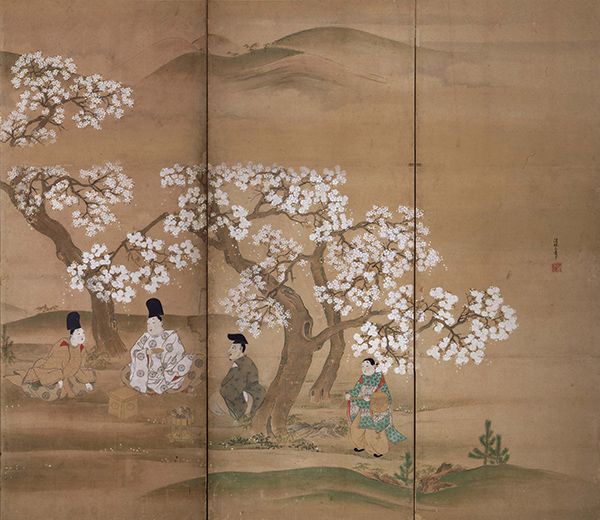
Sakura viewing screen (partial), Sumiyoshi Kei, Edo period, 17th century
In terms of fabrics, noteworthy exhibits include a piece of "Menghuangzidi Cherry Tree Peacock-Like Bundle Yarn", which is embroidered with a cherry tree in full bloom and a male peacock with its tail open on a flower branch. The overall style is gorgeous and gorgeous. In addition, kimonos embroidered with seasonal flowers such as cherry blossoms, chrysanthemums, and peonies, and crafts such as Nabeshima-yaki porcelain plates with painted weeping cherry trees will also be exhibited.
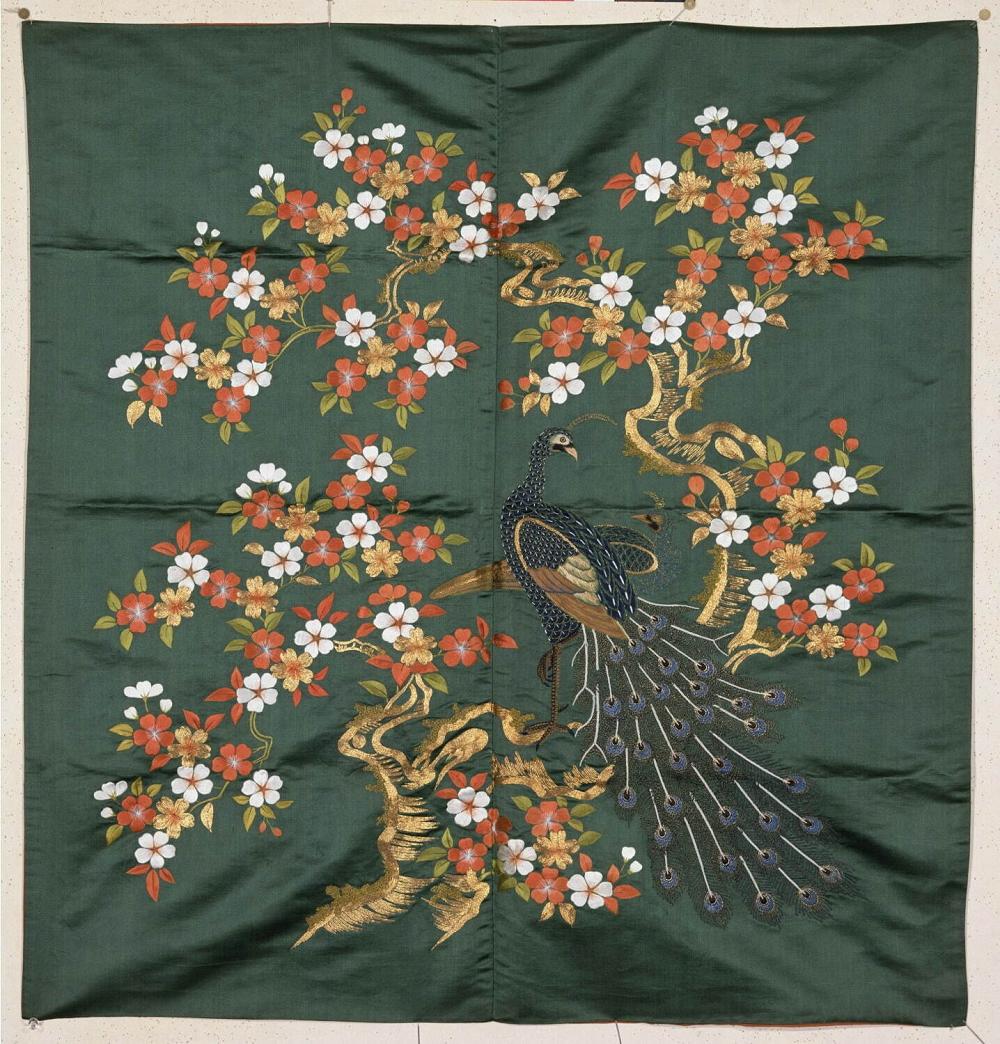
Mokokoji Cherry Tree Peacock Burosha, Edo Period (19th Century)
"Osode" is considered to be an important foundation of modern kimono, and it was finalized in the Edo period. Where did the small sleeves come from? The more mainstream theory is that the outerwear worn by the common people and the underwear of the nobles (public and samurai) were fused in the late Muromachi period (about the middle and late Ming Dynasty in China). The early small sleeves were loose and bulky, with relatively short sleeves and soft lines. In this exhibition, the Tokyo National Museum also exhibited several small sleeves printed with various patterns.
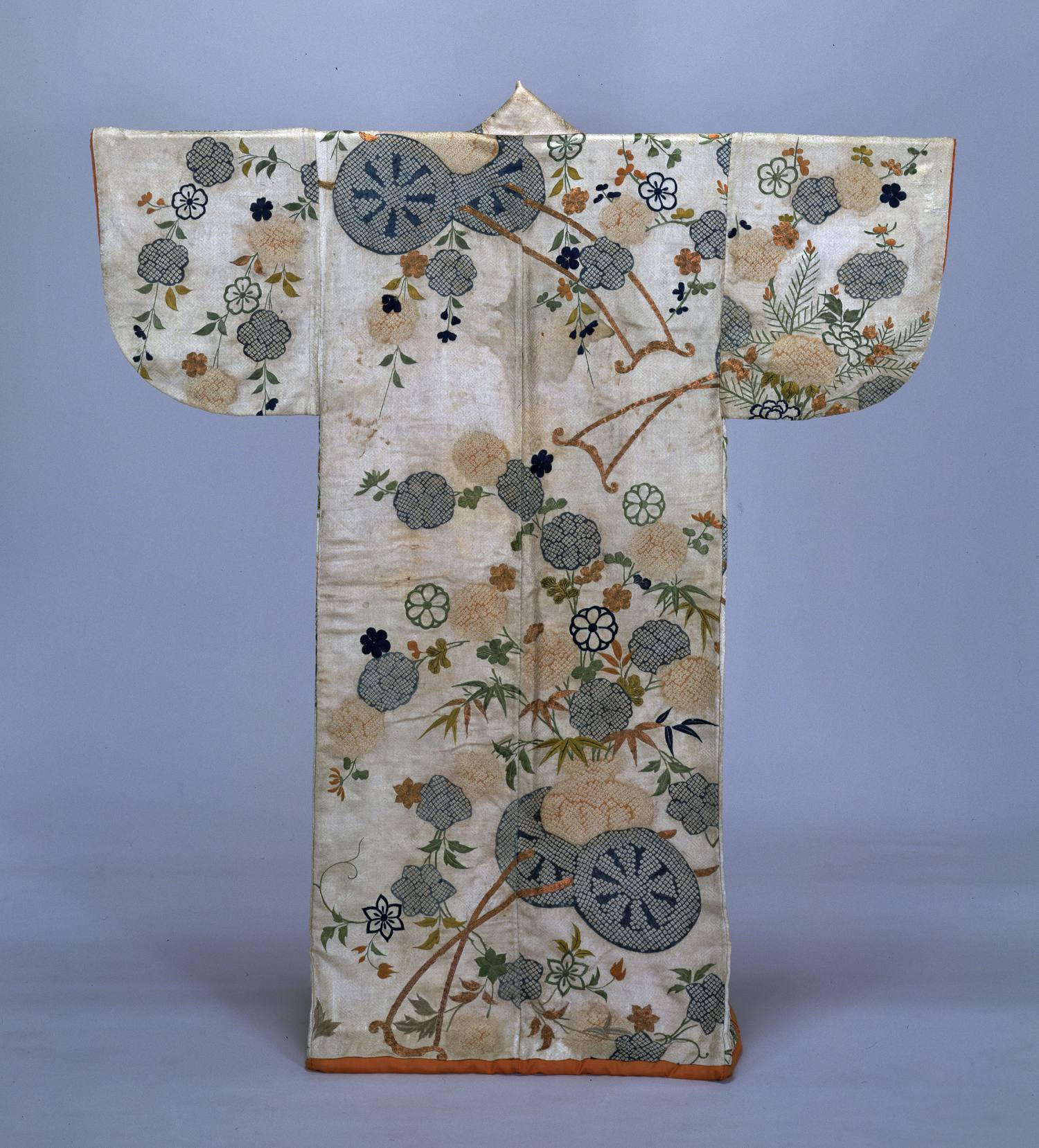
A small sleeve in the shape of a float in Bailunzidi, Edo period (18th century)

Small-sleeved purple and white dyed wrinkled silk ground bamboo hat fan cherry blossom character pattern Edo period 18th century
"Nabeshima Ware" is a high-grade porcelain that was directly operated by a special kiln in Japan from the 17th to the 19th century, and was exclusively used by the Saga Domain (Nabeshima Domain). In the early Edo period, the Nabeshima Domain summoned excellent ceramic craftsmen to Okawachiyama, which became the unique porcelain production place in Japan, and the porcelain fired by them was called "Nabeshima Ware".
Unlike the Imari ware that circulates in the country, Nabeshima ware generally uses the highest technology and the best raw materials as a gift to the shogun or senior officials of the shogunate. The Nabeshima-yaki dish, which the Japanese call "wooden cup-shaped (a plate with a higher ring foot)" type, has size specifications, such as five inches, seven inches, and one foot. In addition, red, yellow, green and other overglaze colors and blue and white are used to depict delicate patterns.

Multicolored cherry tree plate, Nabeshima yaki, Edo period, 18th century
The blue and white flowers of Nabeshima ware are pure in color, with shades of shades. They are meticulous in painting and pay attention to realism. The veins and knots of plants are realistically depicted. Some works use the method of rendering the blank space with blue glaze, and some use the method of adding five colors, all of which look gorgeous and plain.

A Nabeshima-yaki weeping cherry painted plate, Edo period (18th century)
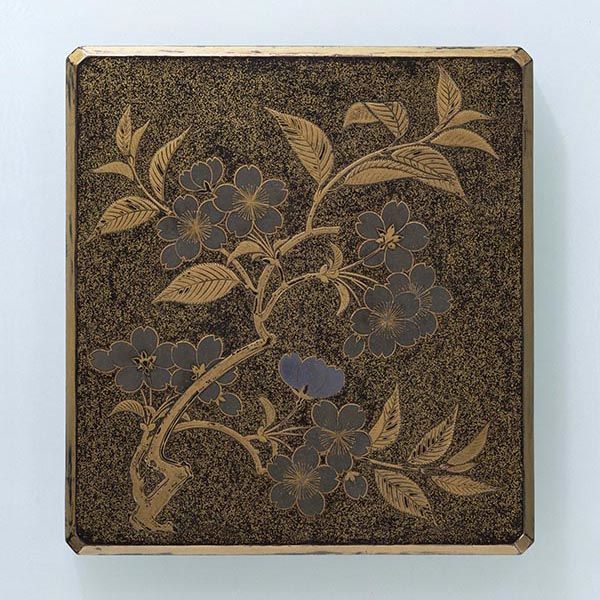
Sakura Makie inkstone box, Muromachi period, 15th-16th century

Openwork Bowl with Multicolored Cherry Trees, Ninami Michihachi, Edo Period, 19th Century
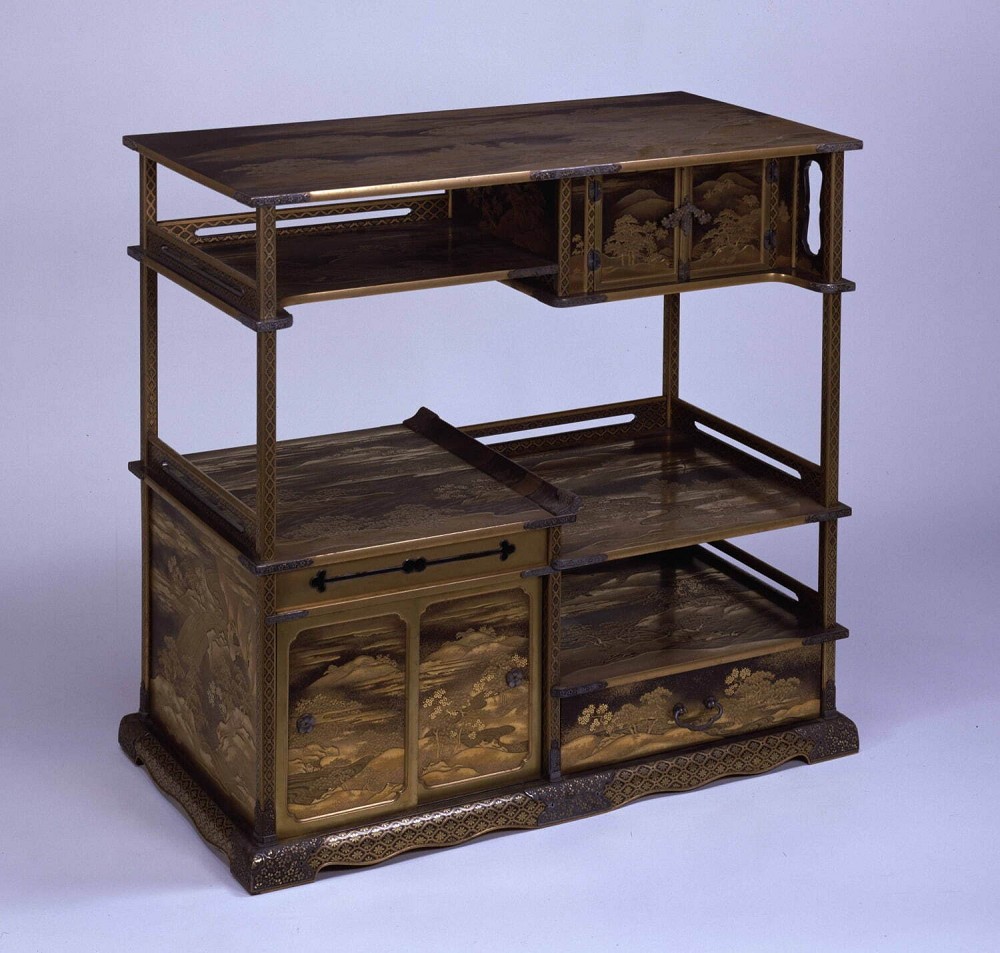
Sakuramatsu Makie bookshelf, Edo period (18th century)
In addition to enjoying cherry blossom-themed art works indoors, viewers can also move outdoors to actually enjoy the blooming cherry blossoms in the museum courtyard. There are many kinds of cherry blossoms in the garden, including Someiyoshino cherry, Oshima cherry, weeping cherry and so on.
(This article is compiled based on the information of the Tokyo National Museum and the past reports of The Paper)
